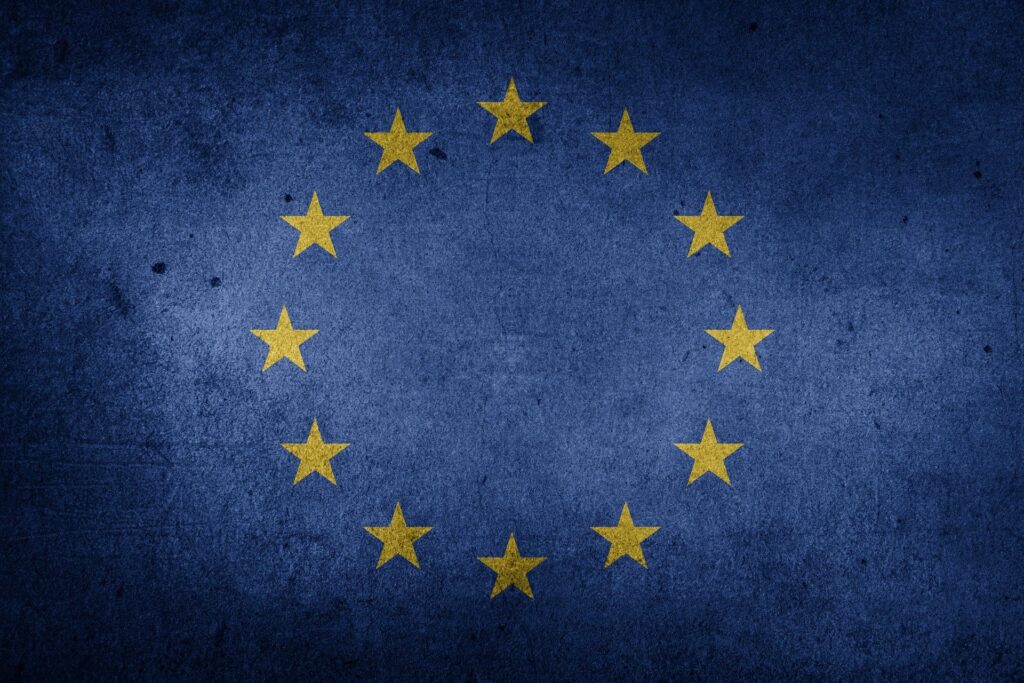When US companies deal with value added tax in Europe, they often fall into the same avoidable trap – the assumption that VAT is like US sales tax or Goods and Service Tax – GST (it is not) and a belief that VAT does not apply to non-European businesses (it does). Sometimes, it is a combination of both.
Depending on the nature of the business activities conducted in Europe, a variety of tax matters could become relevant such as corporate income tax, wage taxes and VAT. Unlike most other taxes, no physical presence in Europe is required to become VAT liable or to be charged with VAT. Therefore, the cost benefit of a cross-border business transaction should always consider any potential VAT impact. It is important to remember that businesses are supposed to be VAT tax collectors, not taxpayers. VAT is an end user tax, and businesses are not intended to serve as end users.
What is VAT?
Contrary to what many people believe, VAT is not the same as U.S. sales tax.
Although both VAT and sales tax are consumption taxes, it is good to realize that where sales tax is collected on retail sales at the time of sale to the final consumer, VAT is imposed on all sales in a supply chain involving the production and the distribution of goods, and the provision of services for consumption within the territory of the EU. Therefore, both goods and services are subject to VAT, and where there is consumption of these in the EU, there is a business (no matter their location) liable to charge VAT.
In a supply chain, VAT is paid once, however each person in the chain is reimbursed the VAT paid until ultimately the ‘end user’ pays VAT. Keep in mind, a business cannot be considered an end user. VAT should not create a cost of doing business.
Confused?
The EU prefers you to pay the tax and then get reimbursed from the person you sold the product to.
You, the shipper, can pay the VAT, have your customs broker pay the VAT and invoice you, or you can push this responsibility on to the buyer.
1. Charge customers VAT at the point of sale and declare it to the EU – While not mandatory, you may use the Import One Stop Shop (IOSS) platform to pay EU VAT on goods sold up to €150. Both EU and non-EU businesses can register for IOSS.
If you have an EU-based establishment you can do this by registering with the tax authority of the EU member state of your choice. If you do not have EU-based establishment you will need to appoint an intermediary (such as a fiscal representative) to settle VAT through the IOSS platform. IOSS registration removes the need to register for VAT payments in all EU member states that you sell to. The IOSS platform will also enable you to declare and pay VAT on those goods in a periodic VAT return. This should help your shipments move through customs quicker as VAT will not be charged at the point of import. Alternatively, you may opt not to register for IOSS. This may however lead to VAT being charged at the point of import.
2. UPS/Fed-Ex or your Customs Broker declares VAT at the point of import and charges your business – You may still opt to pay EU VAT at the point of import through the customs declaration. To do this you use the ‘Free Domicile’ UPS billing option to send the goods to the consignee. UPS will outlay the VAT charge for your shipment to the relevant customs authorities when the goods are cleared, and charge this back to your business in your regular UPS/Fed-Ex or brokerage invoice. You’ll likely see a charge per shipment to outlay this fee.
3. Push the responsibility onto the buyer – Choosing this option may be the easiest for U.S. sellers, however it comes at a risk. Since VAT will be collected at the time of import, if the buyer fails or is unwilling to pay the VAT then the shipping company may have no alternative but to return the goods to you at your expense.
A special note to E-Commerce Business Selling Goods to EU
The EU VAT reform states that online marketplaces will, for VAT purposes, be deemed the supplier for the goods sold on their platform in certain situations. The EU wants to place the liability for VAT compliance on online marketplaces where possible. This means they will be responsible for determining the intrinsic value of the goods sold on their platform, and if is within the €150 threshold, charge the VAT rate of the destination country to the consumer at the point of sale and declare this to the EU through the IOSS platform. They will also be responsible for keeping the necessary records.
As a business selling goods to EU consumers through an online marketplace, you should review your marketplace contract as it relates to VAT and discuss with them how they are implementing the EU VAT reforms.
When US companies will encounter European VAT:
- Importing goods into Europe for onward supply in the EU
- (Importing and) holding an inventory of goods in a European location
- Selling electronically delivered software, games or music to private individuals in Europe
- Operating a local sales and marketing subsidiary
- Importing evaluation units for demonstration and subsequent sale
In practice a lot of questions arise in relation to the importing of goods, the possibility of submitting VAT refund requests and compliance obligations. VAT should not result in a cost when doing business.
Effective July 1, 2021, there are significant changes to the European Union’s Value Added Tax (VAT) rules impacting imports into the EU valued up to €150. While these reforms primarily target B2C e-commerce shipments, they also impact B2B shipments.
The new EU VAT rules are likely to require changes to e-commerce business systems and procedures. If you sell goods online to EU consumers, I recommend that you prepare your business now.
What’s Changing?
- The VAT exemption for imports into the EU with an intrinsic value up to €22 euros will be abolished.
- An IOSS platform will be launched for B2C businesses to settle VAT in the EU for goods valued up to €150.
- Online marketplaces will be responsible for EU VAT compliance for goods valued up to €150 sold on their platform.
What does it mean for your business?
Whether and how the new EU VAT reform impacts your business depends on the value of the goods you sell, whether you sell to businesses or consumers and whether you use online marketplaces.
Goods with a value up to €22 will no longer be exempt from VAT. This impacts all businesses importing into the EU. These low-value goods will now require formal customs clearance and be subject to VAT.
For shipments up to €150 – Foreign e-commerce business selling directly to EU consumers can opt for one of the two options above to pay VAT. Foreign businesses that are not e-commerce businesses can report and pay the VAT at the time of the sale and of course invoice the buyer or push the responsibility to the buyer and hope he pays, or risk having the shipment returned at the seller’s cost.
Lastly, for Consignments above €150 – The EU VAT reform only impacts goods sold up to a value of €150. For goods valued above this threshold you can continue to charge, declare, and pay EU VAT as you do today, either paying VAT at the point of import through your customs declaration or making your customer liable for VAT payments.

